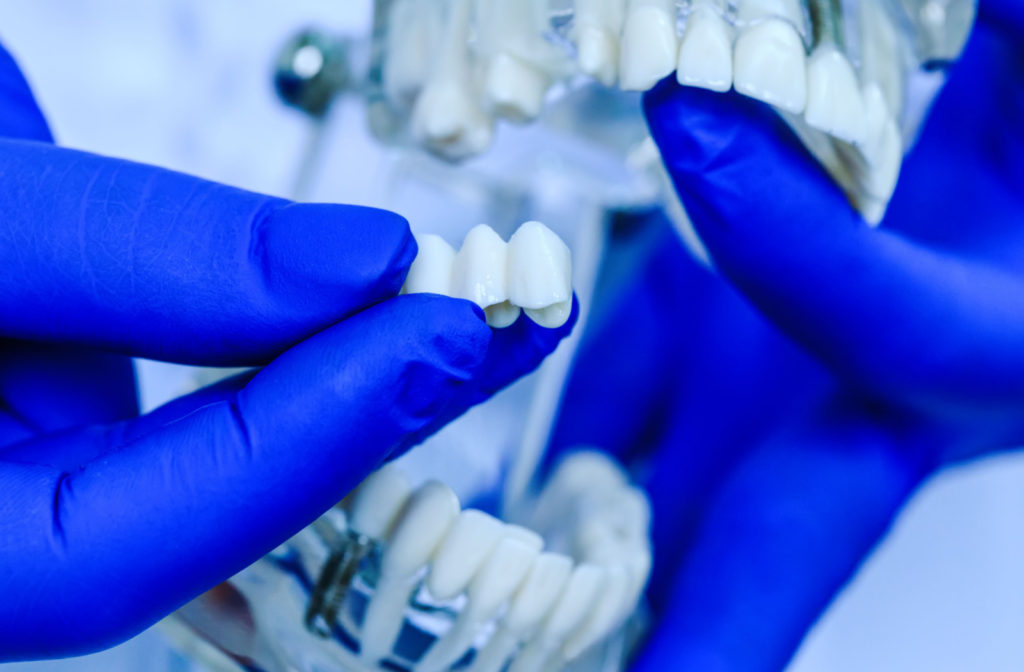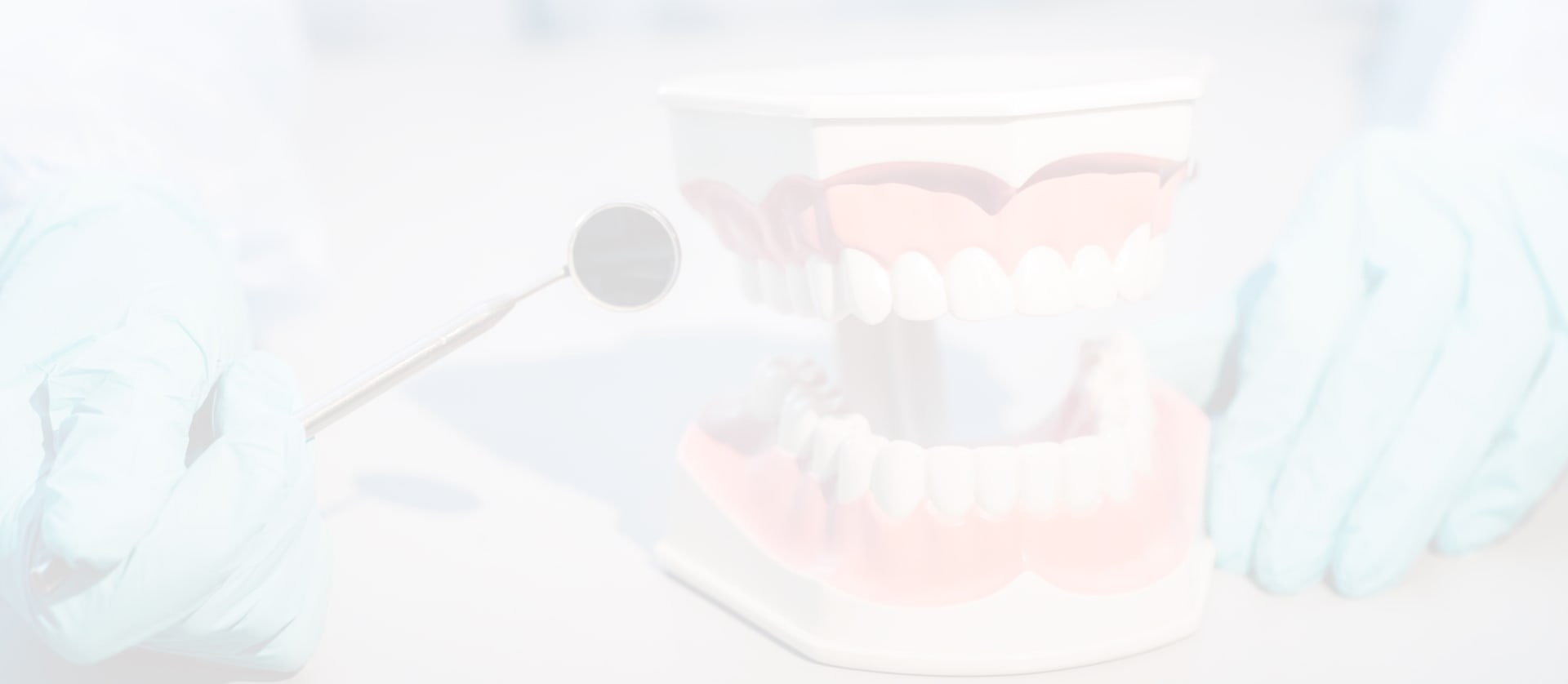For many of us, achieving the smile of our dreams can require some work. Whether it’s through procedures, implants, braces, or a combination of things, a perfect smile is almost always worth the effort.
Invisalign is a common method of straightening teeth, especially for adults. But will your Invisalign be affected by other dental work?
What Is Invisalign?
Invisalign is essentially an “invisible” set of braces used to straighten teeth (without actual braces). Using a series of clear, plastic mouth aligners, your dentist can slowly and gently change the position of your teeth. These aligners are removable and generated by a computer to fit your unique measurements.
What Is a Dental Bridge?
A dental bridge is like a fixed dental prosthesis. It’s basically a set of artificial teeth used to fill in any gaps in your smile. Bridges are attached to your existing teeth for support and look as real as they feel.
Unlike a dental implant, a dental bridge is usually comprised of 2 or more artificial teeth to fill a larger gap in your smile.
Invisalign & a Dental Bridge: Is It Possible?
You can almost always use Invisalign with a dental bridge. Because the dental bridge is fixed in place, it won’t move. However, the teeth around it can still move and straighten as they normally would with Invisalign.
However, if the dental bridge interferes with the movement of your teeth, or if your dentist anticipates issues before they occur, it may be necessary to make adjustments to your bridge.
Since your bridge is supported by the teeth that need to move, it’s possible that adjustments will need to be made. This could involve cutting out a section of the bridge or making a new one altogether.
All that being said, there’s usually a way to make both treatments work. Talk to your dentist about the right method for you and your teeth.
Things to Consider Before Getting Invisalign
While it’s possible to straighten your teeth with Invisalign and have a dental bridge, some dental professionals may recommend waiting until after restorative work to start Invisalign. This is because some restorations can affect how your teeth move.
Bridges are permanently fixed in the mouth. As aforementioned, this can create resistance to tooth movement. Bridges offer almost no flexibility, so this restorative work can impact the effectiveness of Invisalign.
If your primary concern is restoring your smile, talk to your dentist about the best treatment plan for you. They may recommend moving forward with the restoration and revisiting Invisalign down the road. Your dentist shouldn’t recommend or do anything that puts your smile at risk.
What About Braces?
Braces (also known as orthodontic braces) are used to straighten and align teeth, usually in regard to a person’s bite. Braces are usually attached to the teeth with brackets (metal adhesives) and connected by a wire.
Tightening this wire slowly over time helps move the teeth into the desired position. Braces are also often used to correct underbites, overbites, crossbite and open bites, deep bites, crooked teeth, and various other flaws of teeth and jaws.
Braces are often used in conjunction with rubber bands to correct a bite. It’s common to feel some discomfort at the beginning, so soft foods are recommended at the start.
A dental bridge isn’t supposed to move. While Invisalign has its issues with bridges, braces are usually not recommended. Because braces are attached to your teeth, the bridge will further limit the movement of your teeth. Braces can even damage dental bridges.
If your dentist does move forward with braces, they should closely monitor the movement of your teeth and the condition of your dental bridge. To avoid damage, they may slow down the progression of your tooth movement with the braces.
The goal is to achieve your perfect smile. This requires care and attention. Be sure to voice any concerns you may have with your dentist.
Be Your Own Advocate
The most important thing you can do for your teeth is by advocating for what you want. If there’s a treatment or procedure that doesn’t feel right, causes you extreme pain, or raises concerns, talk to your dentist or orthodontist.
Your dream smile shouldn’t come at the cost of your security and long-term comfort. If you have serious concerns, don’t be afraid to seek a second opinion.
Next Steps
Invisalign can be used with dental bridges with the right care from a professional.
If you’re interested in learning more about dental restoration, contact our team. We’re here to help you find the right solution for you.
Book your appointment with us today!










